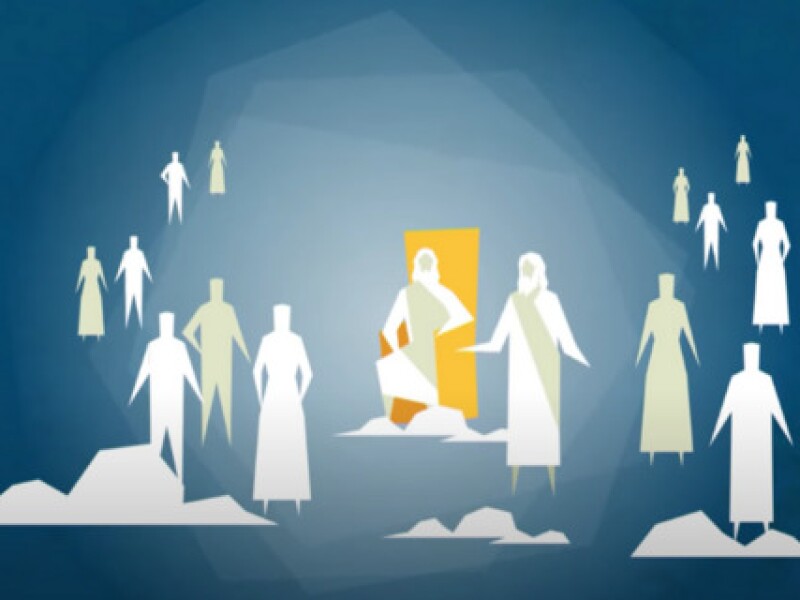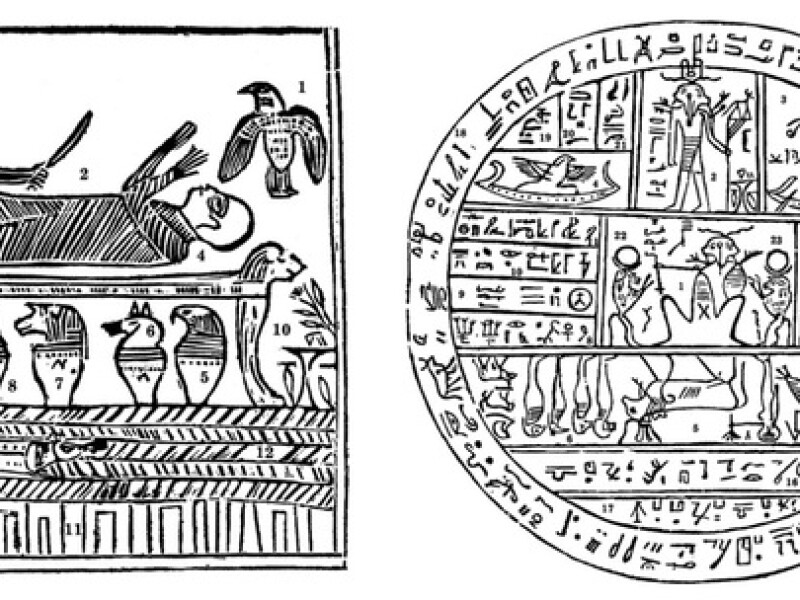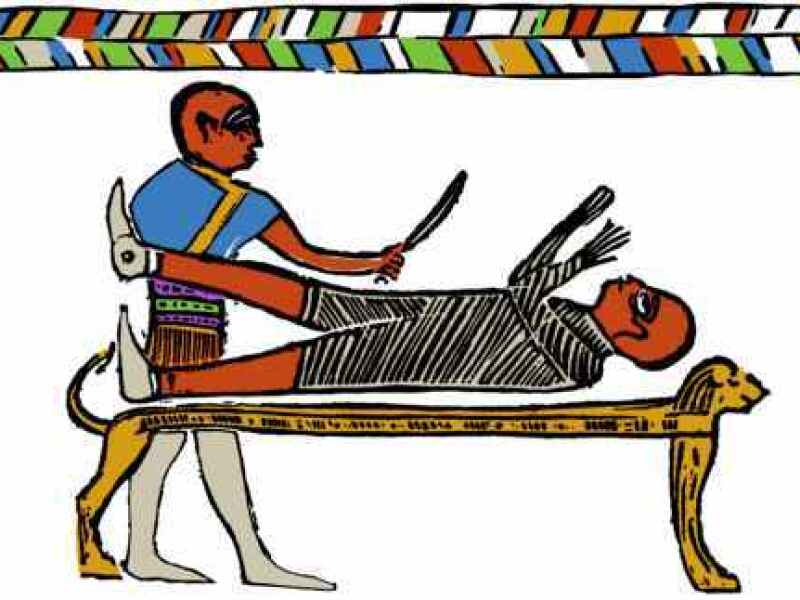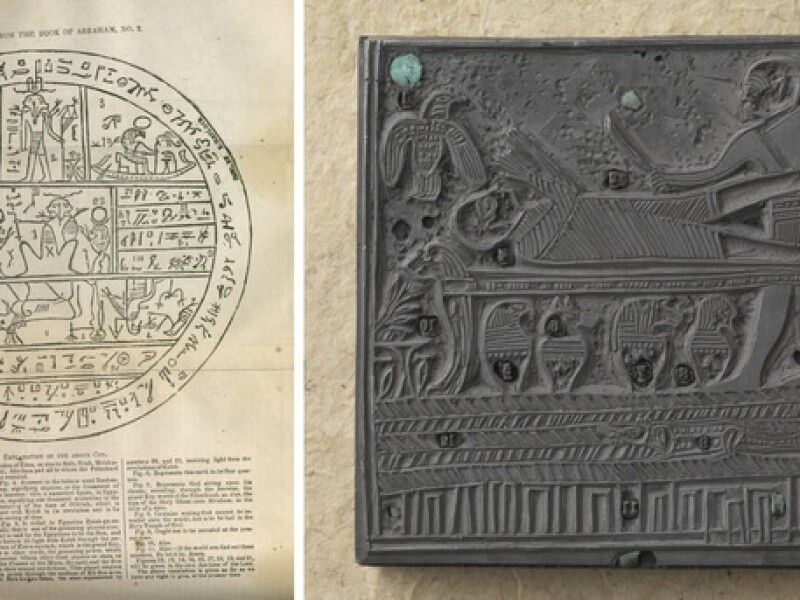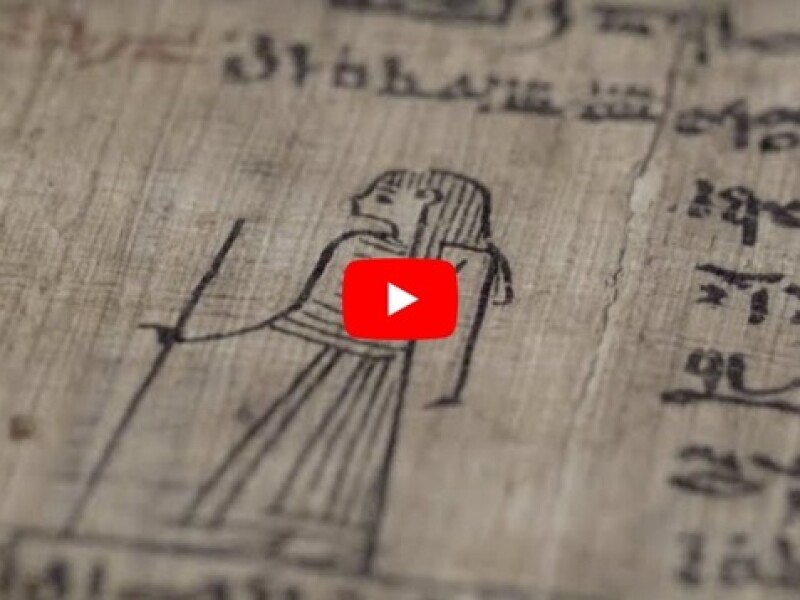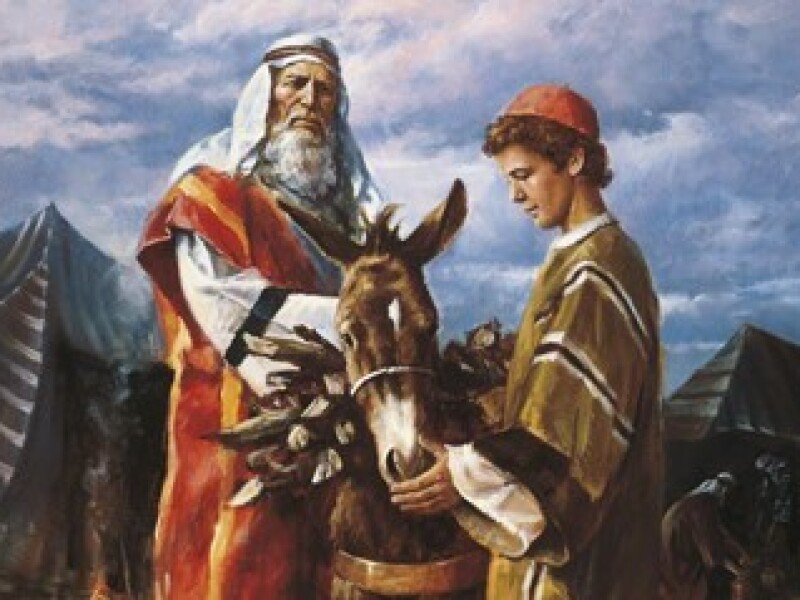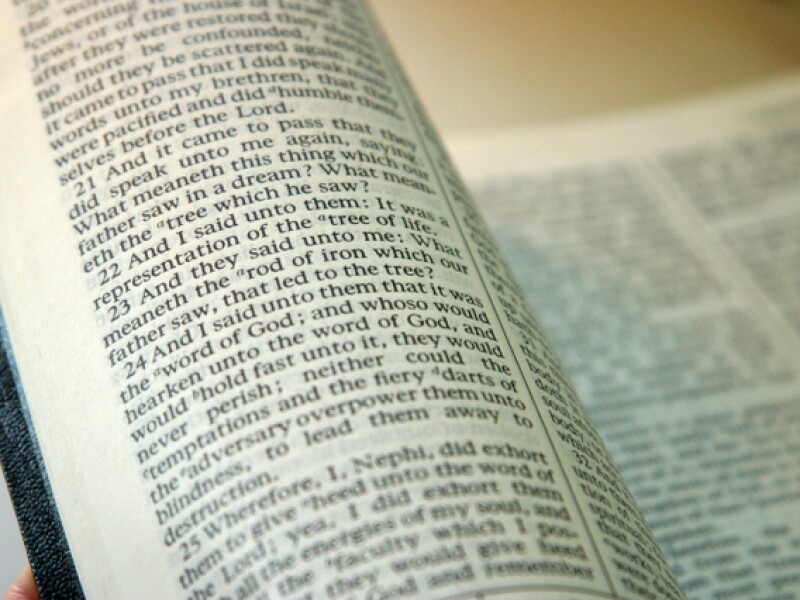Book of Abraham research is hard to do. But for me it also became hard not to do.
7 Min Read
Latter-day Saints learn about the ancient prophet Abraham in two places—the Old Testament Genesis account in the King James Version of the Bible, and the Pearl of Great Price account found in the Book of Abraham. But how did the Book of Abraham come to be and what does it teach us?
2 Min Read
The following has been republished with permission from pearlofgreatpricecentral.org.
9 Min Read
The Book of Abraham is believed by members of The Church of Jesus Christ of Latter-day Saints to be “an inspired translation of the writings of Abraham. Joseph Smith began the translation in 1835 after obtaining some Egyptian papyri. The translation was published serially in the Times and Seasons beginning March 1, 1842, at Nauvoo, Illinois” (Pearl of Great Price Introduction).
6 Min Read
I have spent almost two decades studying the book of Abraham and its history. I wish to use this book as an example to discuss an important issue: the relationship between knowledge and revelation.
2 Min Read
You have certainly seen the facsimiles from the Book of Abraham in your copy of the Pearl of Great Price, but do you know the story of the Book of Abraham? The most recent publication of the Joseph Smith Papers—Revelations and Translations, Volume 4: Book of Abraham and Related Manuscripts—includes all the surviving documents related to Joseph Smith’s translation of the Book of Abraham and his study of the Egyptian language. Here are four things you may not know about that story:
5 Min Read
The Church Historian’s Press recently announced the release of the latest volume of The Joseph Smith Papers. Revelations and Translations, Volume 4: Book of Abraham and Related Manuscriptstracks the development of the Book of Abraham, from the time Joseph Smith and others purchased Egyptian papyri in 1835 through the publication of the Book of Abraham text and its accompanying illustrations in the church newspaper Times and Seasons in 1842.
4 Min Read
"Leaders see a vision of the future; they take an oath to achieve that future; they take a stand to sacrifice whatever is necessary; then with words they paint a picture of that future and take us by the hand and lead us there, all the while keeping us in orbit. Leaders look to the stars and help us soar."
1 Min Read
The end of the third chapter is the most quoted part of the Book of Abraham. In these few verses, Abraham is told about the preexistence. More than half of all citations of the Book of Abraham in the general conferences of The Church of Jesus Christ of Latter-day Saints and a third of all citations of the Book of Abraham in the Church’s manuals are from the Book of Abraham’s discussion of the preexistence. For Later-day Saints, this is the most important part of the book.
7 Min Read
I have been interested in a statement made about Abraham by Moses in Genesis 24:
4 Min Read
I spend a lot of time on the computer, and I do all right until I have to figure out how the machine was put together and what makes it work. The truth is, I can’t tell a hard drive from a happy meal. When I have to install stuff or hook up stuff or figure out stuff, I find myself in serious distress. But there are those for whom the whole process is simple. Fortunately, two of them are my sons. I don’t use my brain to make computers work; I use it to remember the phone numbers of people who know how to make computers work.
6 Min Read
We came here with divine potential, and in many cases—perhaps all cases—divine power.
4 Min Read
When the Book of Abraham was first published to the world in 1842, it was published as “a translation of some ancient records that have fallen into [Joseph Smith’s] hands from the catacombs of Egypt, purporting to be the writings of Abraham while he was in Egypt, called ‘The Book of Abraham, Written by His Own Hand, upon Papyrus.’” The resultant record was thus connected with the papyri once owned by Joseph Smith, though which papyrus of the four or five in his possession was never specified.
4 Min Read
In this fascinating podcast from LDS Perspectives, Dr. John Gee sheds interesting light on some of the biggest mysteries associated with the Book of Abraham and its translation.
1 Min Read



